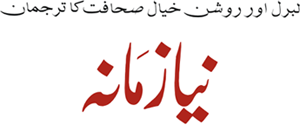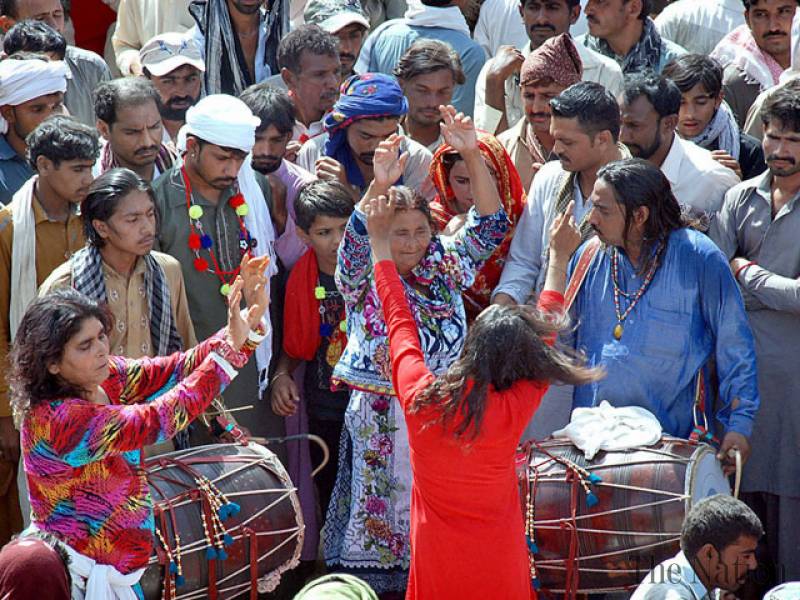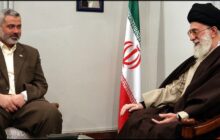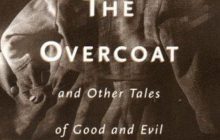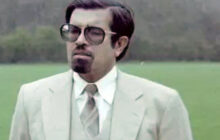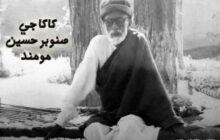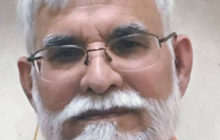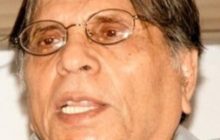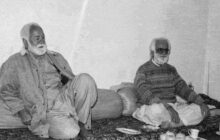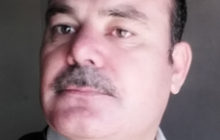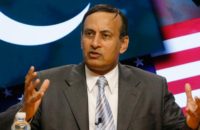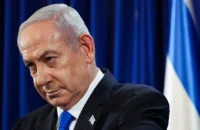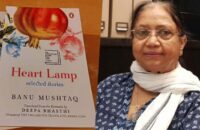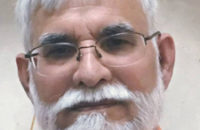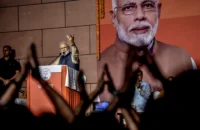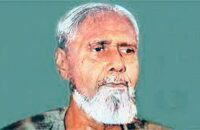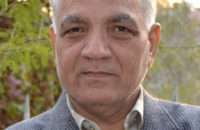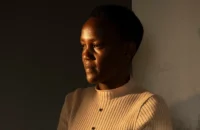by William Dalrymple
Only three days after a suicide bomb went off in Lahore, the bombing by a female IS supporter of the great Sufi shrine of Sehwan Sharif was an especially ominous development for the future of Pakistan. Sufism, and spectacular Sufi music, are two of the most prominent sources of hope, pleasure and tolerance in that increasingly violent and divided country. Now 72 innocent Sufis lie dead and 150 have been injured. By killing devotees in one of the most celebrated Sufi shrines in the country, IS were attempting to impose their obscurantist reign of fear and their right to shut down voices they disagree with, as well as striking at the heart of Pakistan’s cultural and religious opposition to their takeover of great swathes of the country — even Sindh, the Sufi “capital” of Pakistan and a place which had until recently resisted them.
The rise of Islamic radicalism is often presented in starkly political terms, but what happened in Sehwan this week is a reminder that at the heart of the current conflict lie two very different understandings of Islam. Hardline Wahhabi/Salafi fundamentalism has advanced so quickly in Pakistan partly because the Saudis have financed the building of so many madrasas which have filled the vacuum left by the collapse of state education. These have taught an entire generation of Pakistanis to abhor the gentle, syncretic Sufi Islam, and the music that carries its message, that has dominated South Asia for centuries, and to embrace, instead, an imported form of Saudi Salafism.
Behind the violence lies a long theological conflict that has divided the Islamic world for centuries. Lal Shahbaz Qalander, like Rumi or Nizamuddin, believed passionately in the importance of the use of music, poetry and the Shaivite-derived dammal dance as a path for merging the individual with the divine, as a way of opening the gates of Paradise. But this use of poetry, music and rhythm in ritual is one of the many aspects of Sufi practice that has attracted the wrath of modern Islamists.
A few years ago, on my last visit to Sehwan, I found the battle between these two rival forms of Islam already engaged. The largest madrasa in Sehwan was located in an old haveli not far from the shrine of Lal Shahbaz Qalander. It had been recently renovated at some expense in gleaming marble, but was still only semi-furnished.
Saleemullah, who ran the madrasa, turned out to be a young, intelligent and well-educated man; but there was no masking the puritanical severity of some of his views. For Saleemullah, the theology of the dispute between the Sufis and the orthodox was quite simple: “We don’t like tomb worship,” he said. “The Koran is quite clear about this, and the scholars from the other side simply choose to ignore what it says. We must not pray to dead men and ask things from them, even the saints. In Islam we believe there is no power but God.”
“Do the people here listen to you?” I asked.
“Sadly this town is full of shirk [heresy] and grave-worship,” he replied, stroking his long, straggling black beard. “It is all the Hindu influence that is responsible. Previously these people were very economically powerful in this area, and as they worshipped idols, the illiterate Muslims here became infected with Hindu practices. All over Pakistan this is the case, but Sindh is much the worst. Our job is to bring the idol and grave-worshippers from kufr [infidelity] back to the true path of the Sharia.”
“Mark my words,” said Saleemullah, “a more extreme form of the Taliban is coming to Pakistan. Certainly, there are many challenges. But the conditions in this country are so bad. The people are so desperate. They are fed up with the old ways and the decadence and corruption. They want radical change — a return to the Caliphate.”
“And what is your role in that?” I asked.
“Most of the work is being done by the government and the [intelligence] agencies. Whatever they say to the Americans, we know that really they are with us. But our role? That is to teach the people that only our Islamic system can provide the justice they seek. We are the only people giving the poor education. We give the knowledge that the Islamic groups in Pakistan are using to change this country forever.”
“And do you plan to take the battle to the shrine here?”
“For the time being, we cannot challenge the people directly in shrines. We have no wish to invite trouble, or to fight. All we can do is to befriend people, tell them what is right and wrong, educate their children, and slowly change their minds. If we can get children away from their homes to board here with us we can influence them more thoroughly. With education, we hope the appeal of shirk and Sufism will fade, and that there will be no need for punishment.”
“But if you get your Caliphate?”
“When the Caliphate comes,” he said, “yes, on that day there is no question. It will be our duty to destroy all the mazars and the dargahs — starting with the one here in Sehwan.”
Saleemullah’s organisation ran 5,000 madrasas across Pakistan, and was in the process of opening a further 1,500 in Sindh. These figures seem to be just the tip of the iceberg. According to a recent study, there are now 27 times as many madrasas in Pakistan as there were in 1947: From 245 at Independence the number has shot up to over 8,000. The religious tenor has been
correspondingly radicalised: The tolerant Sufi-minded Barelvi form of Islam is now out of fashion in a country increasingly over-run by the rise of the more hardline and politicised Wahhabi-Salafism. Many Sufi mosques and shrines have come under attack in recent years, including the 2010 bombing of the Data Darbar shrine in Lahore that killed more than 40 people, and the assassination this summer of Amjad Sabri, one of South Asia’s most revered qawals.
Sufism is not only the most effective antidote to IS-style radicalism, it is an entirely indigenous resistance movement to fundamentalisms of all sorts, with the deepest roots in South Asian soil. For the Sindhis attending the dammal at Sehwan, it was not they who were the heretics, so much as the stern Wahhabi mullahs who criticised the popular Islam of the Sufi saints as shirk, or heresy: “These mullahs are just hypocrites,” said one old fakir I talked to in the shrine. “Without love, they distort the true meaning of the teaching of the Prophet. Those hypocrites! They sit there reading their law books and arguing about how long their beards should be, and fail to listen to the true message of the Prophet. Mullahs and Azazeel [Satan] are the same thing.”
This resistance is why IS and the Talibs hate the Sufis and attempt to suppress them. If only the Pakistani governments could finance schools which taught Pakistanis to respect their own indigenous and syncretic religious traditions, rather than buying fleets of American F-16 fighters, and handing over education to the Saudis, Pakistani might now yet be an important trading partner for a future Indian superpower — a place where Sufis can still sing safely and in peace. Instead, Pakistan is every day increasingly coming more to resemble a tragic would-be clone of pre-9/11 Taliban Afghanistan.
Dalrymple is a historian and best-selling author. He wrote of his visit to Sehwan in ‘Nine Lives’. He has recently co-authored ‘Koh-i-Noor’
